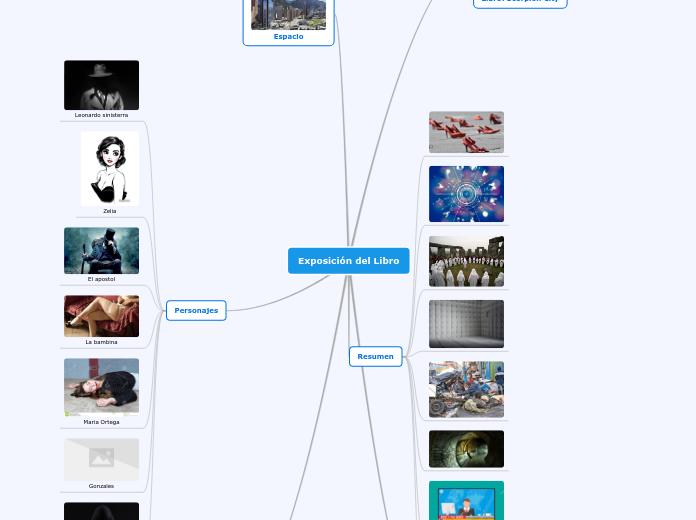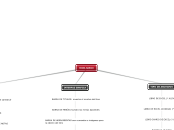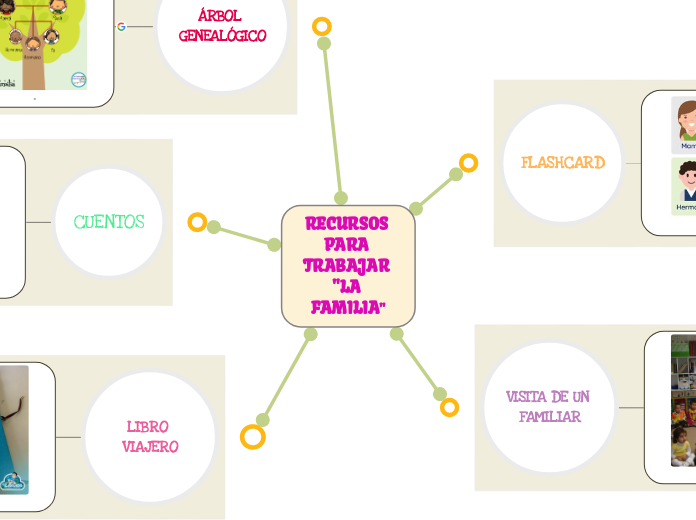EXCEL
The Solar System is the gravitationally bound system of the Sun and the objects that orbit it, either directly or indirectly. Of the objects that orbit the Sun directly, the largest are the eight planets, with the remainder being smaller objects, the dwarf planets, and small Solar System bodies.
Comandos Abreviado
Mars is a cold, desert-like place covered in dust. This dust is made of iron oxides, giving the planet its iconic red hue.
Mars shares similarities with Earth: It is rocky, has mountains, valleys and canyons, and storm systems ranging from localized tornado-like dust devils to planet-engulfing dust storms.
Ctrl-
Eliminar Filas/Columnas
Ctrl+
Agregar filas / columnas
Alf+F4
Cierra Excel
Ctrl+V
Pegar
Ctrl+X
Cortar
Ctrl+G
Guardar
Ctrl+E
Mars has two small moons.
Name these moons.
Selecciona todo
Ctrl+C
How long does it take for Mars to go around the sun?
Copiar selección
Ctrl+B
A planet's day is the time it takes the planet to rotate or spin once on its axis.
Write down Mars's day measured in Earth days.
Buscador
Ctrl+A
Cuadro de Dialogo
Elementos de la ventana
It was once considered a planet but in August 2006 the International Astronomical Union (IAU) downgraded the status of Pluto to that of “dwarf planet.”
Pluto is unlike other planets in many respects. It is smaller than Earth's moon; its orbit is highly elliptical.
It's a cold, rocky world with a tenuous atmosphere. Pluto is a very active ice world that's covered in glaciers, mountains of ice water, icy dunes, and possibly even cryovolcanoes that erupt icy lava made of water, methane or ammonia.
Barra de Estado
The dwarf planet Pluto has five moons.
Name these moons.
Estado de Proceso
Situación de Excel
Barra de Desplazamiento
A planet's day is the time it takes the planet to rotate or spin once on its axis.
Write down Pluto's day measured in Earth days.
Paginar, uso de flechas y barras
Barra de Fórmula
Permite fórmulas y operaciones
Define operaciones
Observar celdas activas
Barra de Menú
How long does it take for Pluto to go around the sun?
Cinta de opciones
VISTA
Vista del libro general, zoom y por ventanas
Modifica la hoja de trabajo
REVISAR
Ortografía y gramática
Facilita la revisión documental
DATOS
Permite filtrar, ordenar y agrupar
Manipulación de datos
FORMULAS
Permite crear fórmulas y cálculos
Parte de la cinta de opciones
INSERTAR
Gráficos, tablas dinámicas, imagenes
Botones que permiten insertar
INICIO
Permite crear, personalizar formatos y editar
Incluye comandos generales
ARCHIVO
Posee las opciones generales
Permite guardar, compartir e imprimir
Botones generales
Cuadros de Comando y Opciones
Barra de titulo
Muestra el nombre del libro
Área de trabajo
Earth is a water world, with two-thirds of the planet covered by oceans.
It's the only world known to harbor life.
Earth's atmosphere is rich in nitrogen and oxygen.
Its name originates from 'Die Erde,' the German word for 'the ground.'
Earth may once have had two moons, nowadays it has just one.
Referencia
Refiere a una celda o un rango de celdas en una hoja de cálculo y se puede usar en una fórmula
Relativa
Se ajustan a la nueva posición cuando se copian
Guardan relación con la ubicación donde se aplican
Absoluta
Son de tipo Fijas
Utiliza el signo $ o Shift+F4
No se cambia cuando se copia
Referencia en la Fórmula
Hoja
Es una parte del libro de trabajo
Es una tabla compuesta por filas y columnas
Libro
Archivo en que se trabaja y donde se almacenan los datos
Está formado por varias hojas
Columnas
Son codificadas mediante letras
la agrupación de celdas que se disponen en vertical desde arriba hacia abajo
Filas
How long does it take for Earth to go around the sun?
Son codificadas mediante números
Celdas agrupadas de forma horizontal
Rangos
A planet's day is the time it takes the planet to rotate or spin once on its axis.
Write down the Earth's day in hours.
Conjunto de dos o más celdas de Excel
Conjunto de celdas adyacentes
Celdas
Tipos:
Dependiente
Son espacios destinados para cálculo
Contiene Formulas que refieren a datos de otras celdas
Precedente
No contiene formulas
Es para resultados
Celda que se referencia mediante fórmula en otra celda
Es producto de la intersección de una fila y una columna
Espacio para introducir:
Datos
Texto
Funciones
Especificaciones
Venus is Earth's twin in size and has no moons.
Its surface has various mountains and volcanoes. Because of its thick, toxic atmosphere that's made of sulfuric acid clouds, Venus is an extreme example of the greenhouse effect. The average temperature on Venus' surface is 900 F (465 C).
Venus spins slowly from east to west, the opposite direction to most of the other planets.
The Greeks believed Venus was two different objects — one in the morning sky and another in the evening. Because it is often brighter than any other object in the sky, Venus has generated many UFO reports.
Total de caracteres
A planet's day is the time it takes the planet to rotate or spin once on its axis.
Write down Venus's day measured in Earth days.
255 por ancho de columna
255 por encabezado
32.767 por celda
Número total de filas y columnas
16.384 columnas
Última columna XFD
1.048.576 filas
¿Qué es?
Mercury is the smallest, only a little bit larger than Earth's moon. Mercury has no moon.
It experiences dramatic changes in its day and night temperatures: Day temperatures can reach a scorching 840 F (450 C), which is hot enough to melt lead. Meanwhile, on the night side, temperatures drop to minus 290 F (minus 180 C).
It also has a very thin atmosphere of oxygen, sodium, hydrogen, helium, and potassium and can't break-up incoming meteors, so its surface is pockmarked with craters, just like the moon.
Interfaz con múltiples accesos
A planet's day is the time it takes the planet to rotate or spin once on its axis.
Write down Mercury's day measured in Earth days.
Externos
Importación de CSV, SQL, Access
Internos
Tablas dinámicas, BDD
Visual Basic
Software estadístico
Our Solar System has eight “official” planets which orbit the Sun.
Each planet is at a different distance from the sun. Name its position.
Análisis de datos - Generación de gráficos
Manejo de bases de datos
Cálculos numericos









